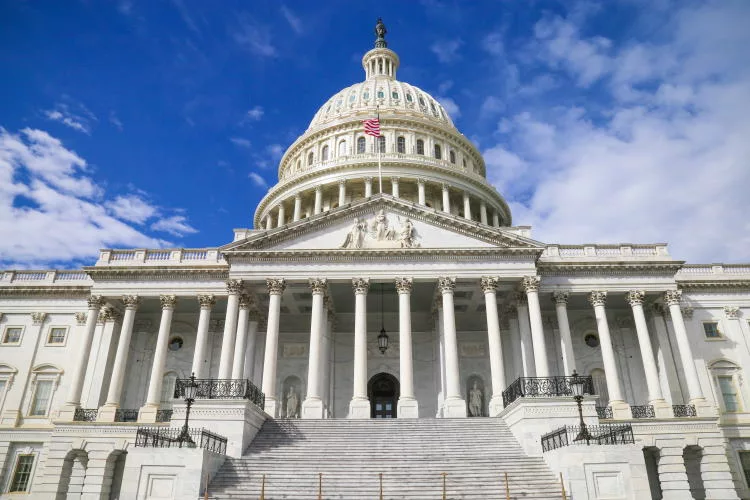Congress Approves Additional $321 Billion for Paycheck Protection Program Funding
Roofing Contractors Encouraged to Apply Early

UPDATED 4/27/20
Roofing contractors interested in applying for the Paycheck Protection Program (PPP) now have additional opportunities to receive funding that can help them endure the COVID-19 crisis.
The U.S. House of Representatives approved of the Paycheck Protection Program and Health Care Enhancement Act on April 23, which provides $484 billion in additional funding that will address the effects of the COVID-19 pandemic. The Senate previously passed the act on April 21. President Donald Trump signed the legislation on April 24.
"I want to thank Congress for answering my call to pass this critical funding," Trump said during the signing ceremony. "And the bill includes, as you probably know — you’ve been watching it over the last week as it matured unto this this point — $320 billion to refill the Paycheck Protection Program, helping keep millions and millions of American workers on the payroll. Great for small businesses. Great for the workers."
First established in March, the PPP provides forgivable loans to small businesses in order to maintain payroll and other basic expenses. The PPP, run by the Small Business Administration (SBA), ran out of funding the week of April 13. In the new legislation, $321 billion has been set aside for the PPP.
According to a survey conducted April 16-20 by Clear Seas Research — the research arm of RC’s parent company, BNP Media — 29% of respondents have applied for an SBA loan offered through the Coronavirus Aid, Relief and Economic Security Act and are awaiting approval. Only 9% of respondents who applied have been approved and received funding. The majority of the survey’s respondents identified themselves as contractors.
Trent Cotney, CEO of Cotney Construction Law, said contractors interested in applying for the loan that haven’t yet should do so as soon as possible, regardless of whether there are funds available.
“Every bank is different, but my understanding is what banks are doing is they’re processing all the loan funds, having it ready to go so that if there is more money put in, they can immediately send them out,” Cotney said.
In an April 9 survey conducted by the National Roofing Contractors Association, 38% of respondents said they have experienced problems with applying for assistance with the program.
Cotney provided some general advice for roofing contractors interested in the PPP:
- Be conservative. Cotney said be as conservative as possible when requesting a dollar amount, as requesting higher amounts could result in being kicked out of the queue.
- Check on the application status. Keep a good relationship with the bank and follow up on the application’s status.
- Apply even if you’re stable. If a contractor is financially stable but could use the funds, they should apply for the PPP. Cotney said this will help them weather the storm in 60 to 90 days from now.
- Be honest about your situation. If a contractor is having financial troubles, they should seriously consider whether they’ll be open two years from now in order to pay off the loan. If the answer is yes, then the PPP is a great option. If not, they risk digging themselves into a deeper hole.
- Keep funds in a separate account. Cotney said this may not always be feasible, but keeping the funds separate helps from inadvertently spending them or not being able to show where the money went.
Cotney said once a contractor receives funds, they should have the proper documentation to show at least 75% of the funds went to payroll. If possible, contractors should use 100% of the received funds for payroll costs.
“What you don’t want to do is misappropriate these funds — spend it on a new truck or a new boat or something like that — and then be the poster child for abuse that they publish all over the place,” Cotney said.
Aside from payroll, funds from the PPP can be used for expenses like rent, utilities, and interest payments on mortgage obligations.
Looking for a reprint of this article?
From high-res PDFs to custom plaques, order your copy today!






